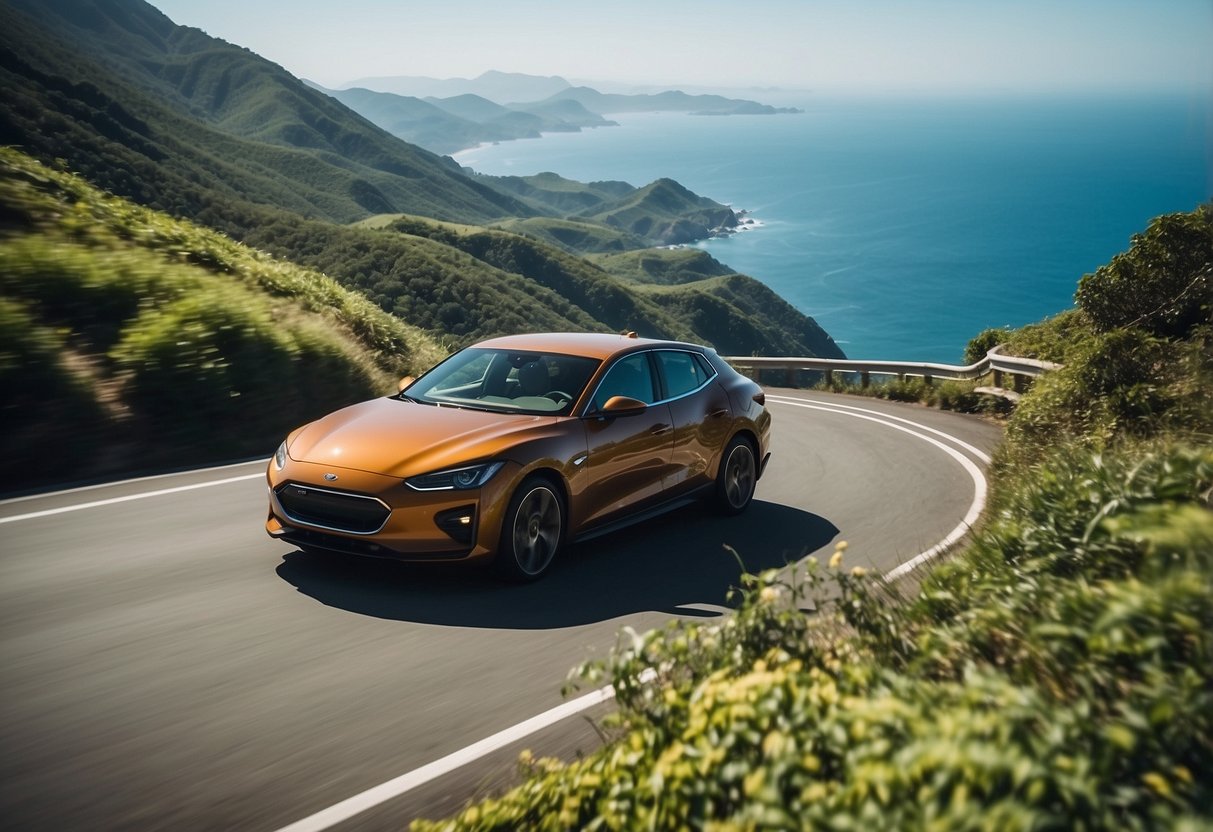Best Practices for Home Electric Car Charging
As electric vehicles (EVs) become increasingly popular, understanding the best practices for home electric car charging is essential for efficient and safe charging. Whether you’re a new EV owner or looking to optimize your charging setup, this guide covers crucial aspects to help you make informed decisions.

1. Choose the Right Charging Equipment
Investing in the right charging equipment is crucial for efficient home charging. Owing to the variety of EV models available, determine the charging standard your vehicle requires. Consider Level 1 (120V) and Level 2 (240V) chargers:
- Level 1 Chargers: Suitable for overnight charging in standard household outlets, but may take longer to charge your vehicle.
- Level 2 Chargers: Faster and recommended for daily use, particularly for those who drive long distances regularly.
2. Install a Dedicated Circuit
For safety and efficiency, ensure a dedicated circuit for your home charging station. A certified electrician should install the charger to handle the specific voltage needs of your EV. This helps prevent electrical overload and ensures the charger operates correctly without interfering with other household appliances.
3. Optimize Charging Times
Many utility companies offer off-peak rates for electricity. Charge your EV during these times to reduce costs. For example, most utilities offer lower rates at night. Investigate your local utility provider’s off-peak charging hours to adjust your charging schedule accordingly.
4. Monitor Your Charging
Utilize smart chargers that come with built-in monitoring features. These allow you to track your charging sessions, costs, and the time taken to charge your vehicle. Some chargers even have mobile apps for remote monitoring, enabling you to adjust settings or check charging status from anywhere.
5. Regularly Inspect Charging Equipment
Maintaining your charging equipment is vital for longevity and safety. Regularly inspect your charger for wear and tear, frayed cables, or signs of damage. Clean the connectors to ensure a solid connection and check for any software updates if your charger is a smart device.
6. Consider Charging Location
Select an efficient and safe location for your charging station. It's advisable to place it in a well-ventilated area to prevent overheating. Ensure that the location is easily accessible and away from obstacles that might hinder parking or accessing the charging port.
7. Understand Battery Management
Electric vehicle batteries have specific charging characteristics. It's best to charge your battery to around 80% for daily use and reserve full charges (100%) for longer trips. This practice prolongs battery life and avoids deep discharges, which can reduce battery efficiency over time.
8. Use Grid Charging Integrations
Some homeowners are utilizing grid integration, which allows their smart home systems to manage energy use more efficiently. This technology can optimize the charging schedule based on the overall energy consumption of the house, shining light on renewable energy use when available.
9. Be Aware of Local Regulations and Incentives
Check local laws regarding EV charging and installations. Some jurisdictions offer incentives or credits for installing home charging stations. Familiarizing yourself with these aspects can also ensure compliance with safety standards, enhancing the overall experience.
10. Educate Family Members
Especially in households with multiple members, educating everyone about proper charging practices is essential. Make sure they understand how to operate the charger, recognize signs of malfunction, and follow safe practices to avoid hazards.
Conclusion
Implementing these best practices for home electric car charging not only enhances the lifespan and efficiency of your EV but also makes your charging experience more economical and hassle-free. By investing in the right equipment, optimizing charging times, and maintaining your setup, you can enjoy the full benefits of your electric vehicle while being environmentally responsible.
New posts

How Cities Are Adapting to Electric Vehicle Charging: Innovations and Strategies
Sustainability

Emerging Trends in Electric Vehicle Charging Standards: What to Watch for in 2024
Sustainability

The Future is Bright: EV Charging and Home Solar Panel Integration Explained
Home Improvement







Popular posts

How to Reset Your EV Charger: A Comprehensive Guide
Home Improvement

Exploring the Latest EV Charging Station Design Trends
Technology Trends

Future Trends in Public EV Charging: What to Expect in the Coming Years
Sustainability

Insights from the Frontline: Interviews with EV Charging Industry Experts
Interviews

Understanding the Difference Between AC and DC Chargers: Key Insights
Energy Efficiency
DIY Guide to Installing a Wallbox: A Step-by-Step Approach
DIY

EV Charging Myths vs Facts: Debunking Common Misconceptions
Sustainability

The Future of EV Charging Stations and Smart Grid Integration: Transforming Energy Management
Sustainability

Breakthroughs in Wireless EV Charging: The Future of Electric Mobility
Innovation

Electric Car Range Optimization Tips: Maximizing Your EV Mileage
Sustainability